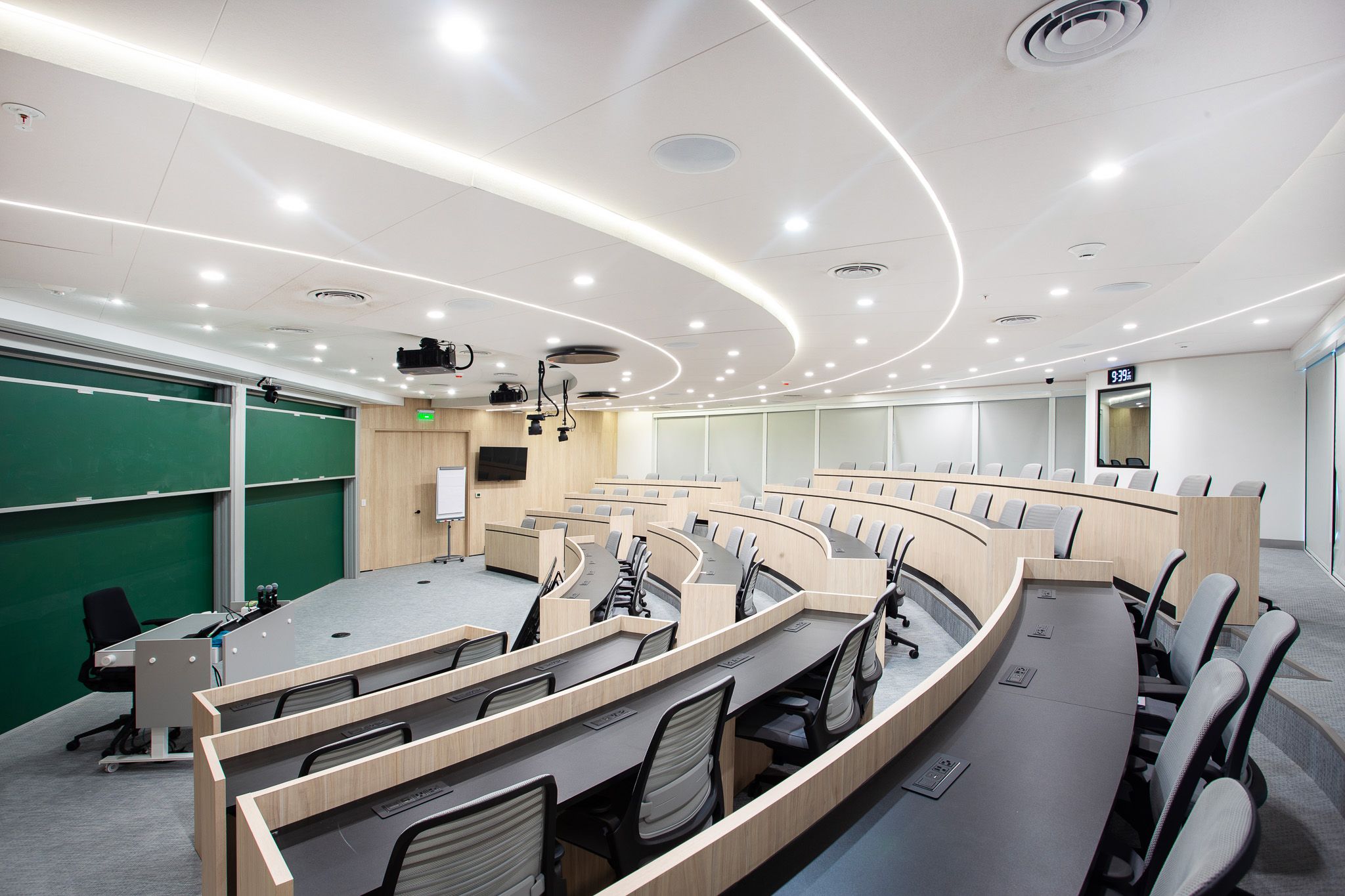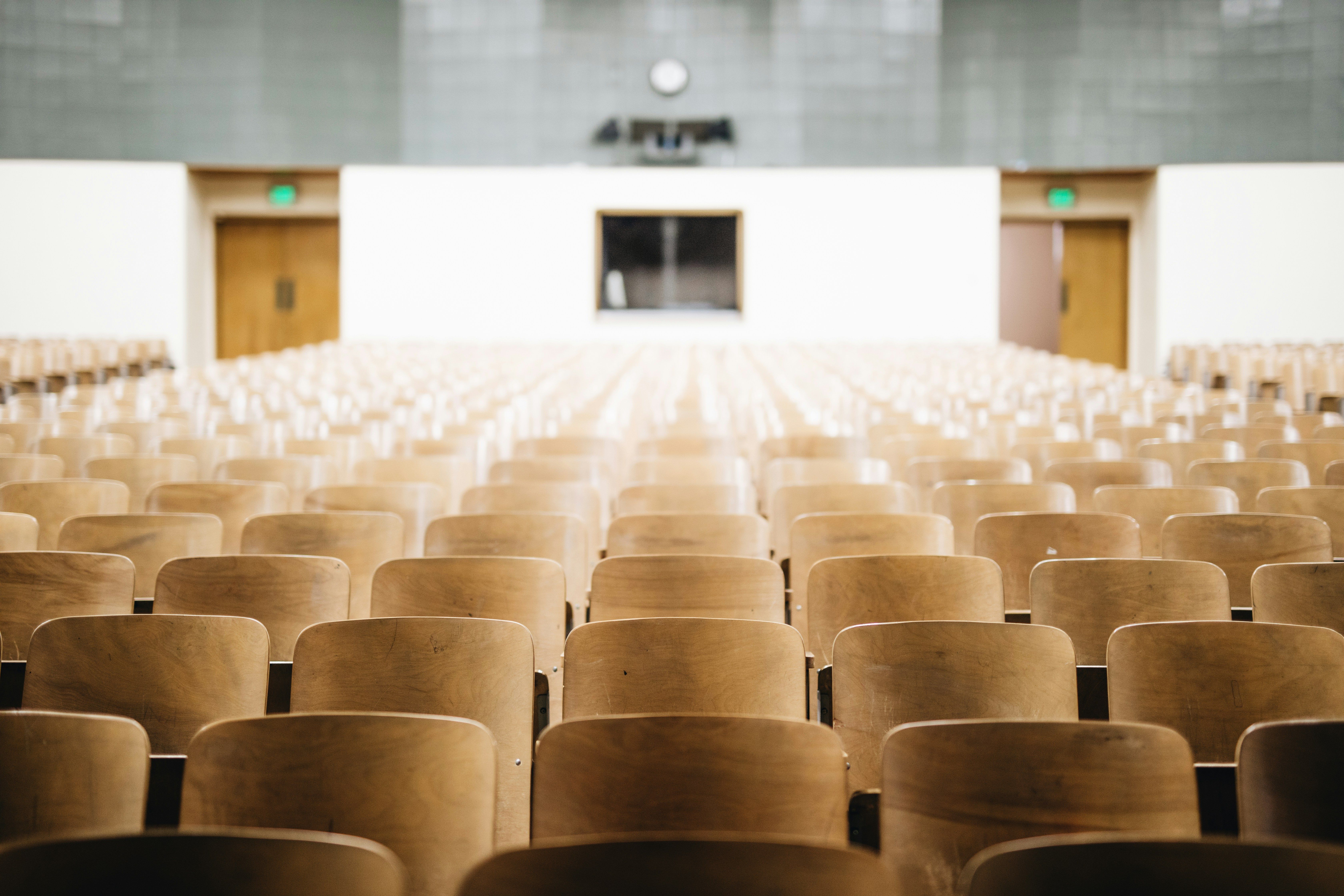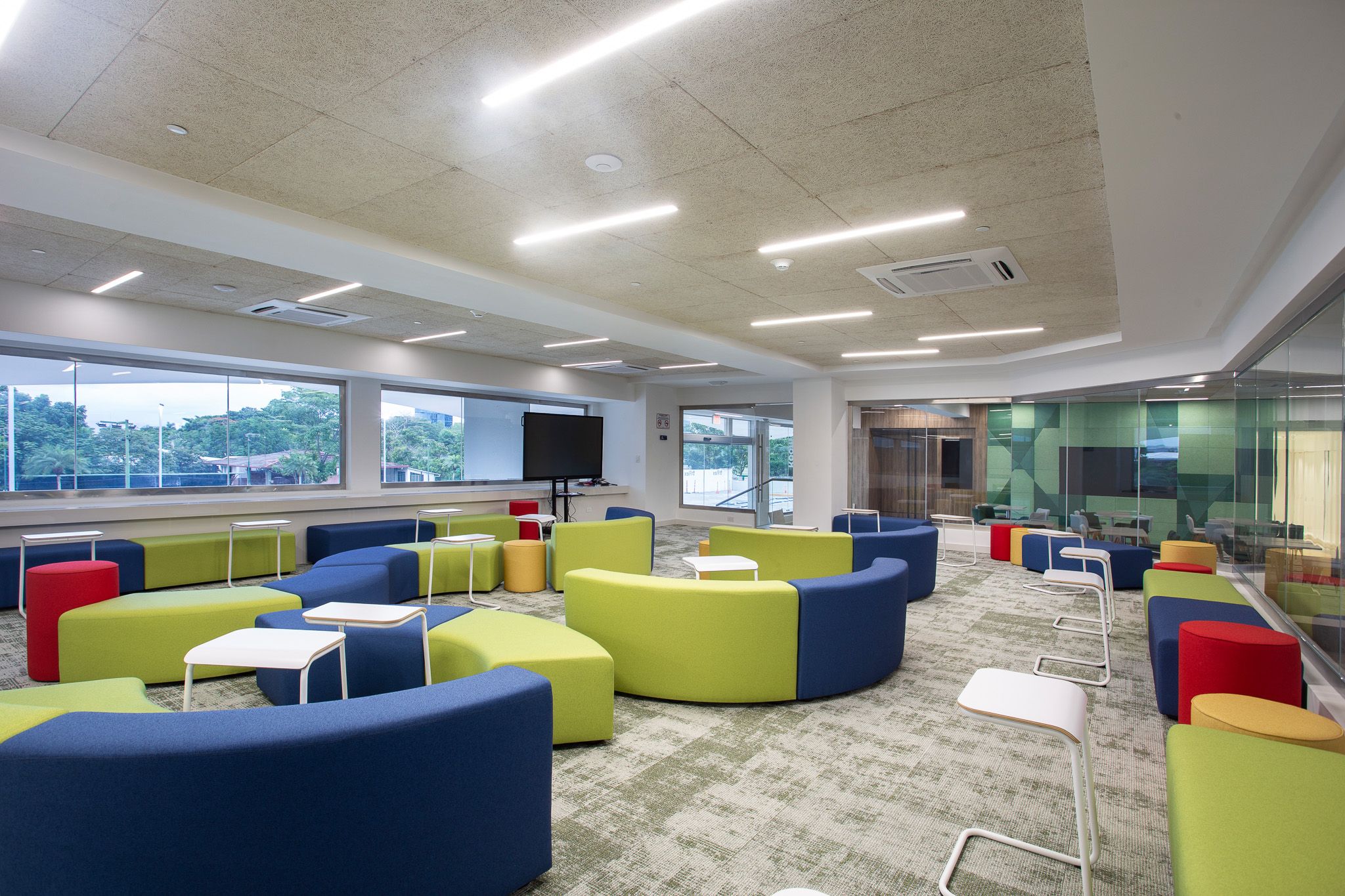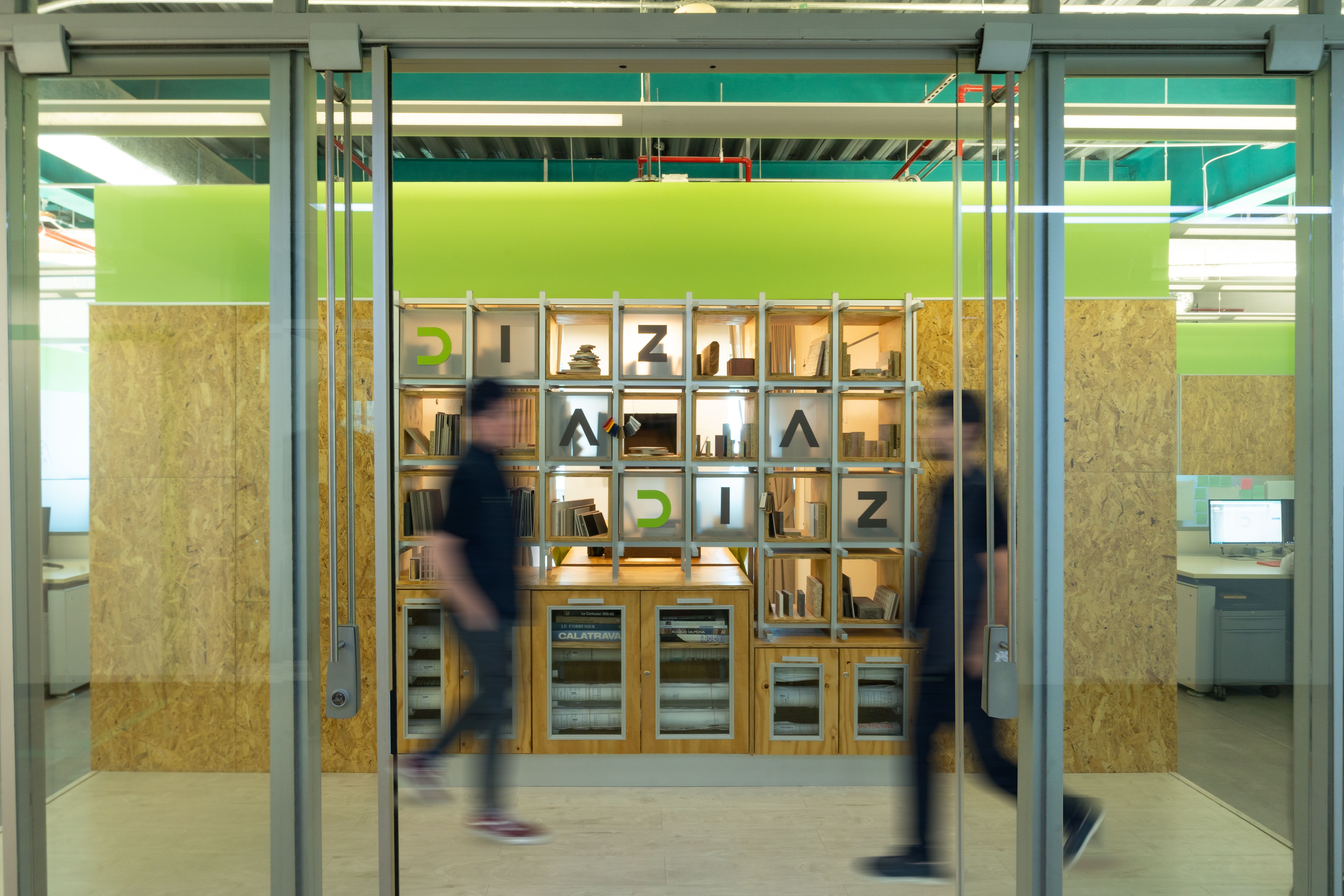Challenges in the Design of Technological Auditoriums
Innovation in modern auditoriums
Auditoriums have evolved beyond being simple conference spaces. In the digital era, these environments must incorporate advanced technology to offer immersive experiences, optimize communication, and ensure versatility for various types of events. Designing a technological auditorium not only involves integrating high-quality audiovisual equipment but also considering acoustics, lighting, and automation to enhance user interaction.
A prime example of this evolution is the auditorium at INCAE Business School, designed with an innovative approach that enables professors and speakers to deliver dynamic presentations effortlessly. This is achieved through an automated system of lighting, projectors, and curtains, alongside high-quality audio and video, and microphone-guided tracking cameras that enhance the overall experience.

Automation and smart control
One of the primary challenges in designing technological auditoriums is the integration of automated systems that allow seamless space management without constant manual intervention.
At INCAE’s auditorium, automation enables easy control of lighting, projection, and curtains, adapting to different scenarios—from academic presentations to corporate events. This level of control ensures that every element within the auditorium functions in harmony, facilitating speaker presentations and improving the quality of each session.
Additionally, microphone-guided tracking cameras provide smooth, professional streaming, ensuring remote attendees can follow every detail with clarity. This technological enhancement allows for hybrid and virtual event formats, making the auditorium adaptable to evolving educational and business needs.
High-quality audiovisual experience
The success of a modern auditorium heavily depends on sound and image quality. To deliver an immersive experience, key features must include:
- Surround sound systems: Strategically placed speakers ensure clear and uniform audio across the entire auditorium.
- High-definition projectors: Capable of delivering sharp, large-format images for optimal visibility from any seat.
- Large-format screens: Designed to display dynamic content without loss of quality.
- Automated cameras: Allow for seamless live streaming and recording, automatically tracking the speaker.
The INCAE auditorium integrates state-of-the-art technology in each of these aspects, making it a benchmark for academic and corporate auditoriums. High-definition projection systems combined with surround sound create an immersive learning environment, ensuring that every participant, whether in person or online, experiences the event at its best quality.
Optimized acoustics for conferences and events
A critical aspect of auditorium design is acoustic performance. Unlike conventional meeting rooms, auditoriums must minimize reverberation and ensure even sound distribution.
To achieve this, solutions include:
- Acoustic paneling: Reduces echo and enhances speech intelligibility.
- Strategic furniture placement: Minimizes sound interference and improves voice projection.
- High-quality materials: Surfaces designed to optimize sound transmission without distortion.
Thanks to these features, the INCAE auditorium provides a clear and immersive audio experience, essential for conferences, panel discussions, and live presentations. Additionally, proper acoustic design prevents external noise from disrupting sessions, ensuring a focused learning and presentation environment.
Adaptive lighting and ergonomic space design

Lighting plays a fundamental role in visual comfort and the overall ambiance of the auditorium. An efficient design must incorporate:
- Adjustable LED lighting: To modify brightness levels according to event type.
- Zoned lighting control: Allows differentiated illumination of the stage, audience, and access areas.
- Automated controls: Adjust lighting settings based on the presentation flow.
At INCAE’s auditorium, the combination of adaptive lighting and an ergonomic seating layout creates a comfortable environment for attendees, enhancing the experience during long conferences or keynote speeches. The implementation of user-friendly controls ensures that lighting transitions smoothly between different event phases, maintaining a professional atmosphere.
The role of architecture in auditorium functionality
In addition to technological components, auditorium design must consider spatial layout, accessibility, and user comfort. A well-planned auditorium optimizes seating arrangements to provide unobstructed views, ensuring that every seat offers a clear line of sight to the stage and screens.
Key architectural considerations include:
- Tiered seating: Maximizes visibility and enhances audience engagement.
- Accessible pathways: Ensures compliance with universal design principles for individuals with disabilities.
- Ventilation and climate control: Maintains a comfortable environment for extended periods.
INCAE’s auditorium incorporates these design elements, providing an optimal experience for both presenters and attendees. The combination of ergonomic seating and an intelligently designed layout minimizes distractions and enhances the overall functionality of the space.
Flexibility for multi-purpose use

Modern auditoriums must serve multiple functions, adapting to different types of events. INCAE’s auditorium is designed with flexibility in mind, allowing it to transition seamlessly between:
- Academic lectures
- Corporate meetings and presentations
- Panel discussions and workshops
- Virtual and hybrid events
This adaptability is achieved through modular seating arrangements, retractable projection screens, and reconfigurable lighting settings. The ability to customize the space ensures that it meets the dynamic needs of its users.
A benchmark in technological auditoriums
The INCAE Business School auditorium is a prime example of how architecture and technology can integrate seamlessly to optimize speaker and audience experiences. From its automated systems to its optimized acoustics, every detail has been designed to ensure functionality and versatility.
With projects like this, DIAZ DIAZ reaffirms its commitment to innovation in technological auditorium design, creating high-performance spaces that elevate the quality of presentations and events in academic and corporate environments.
To learn more about this and other projects, visit DIAZ DIAZ’s projects.






